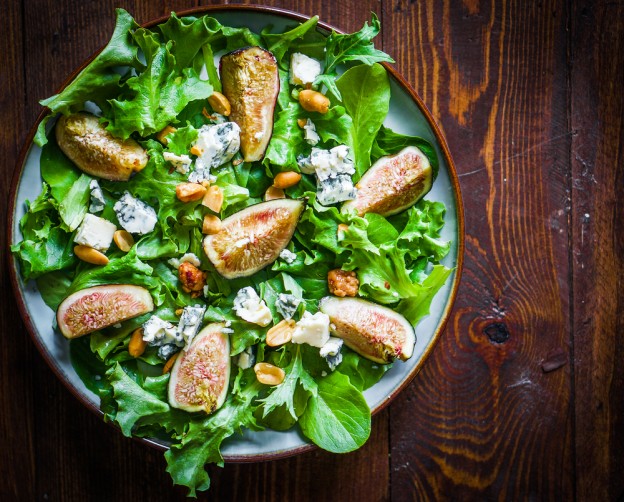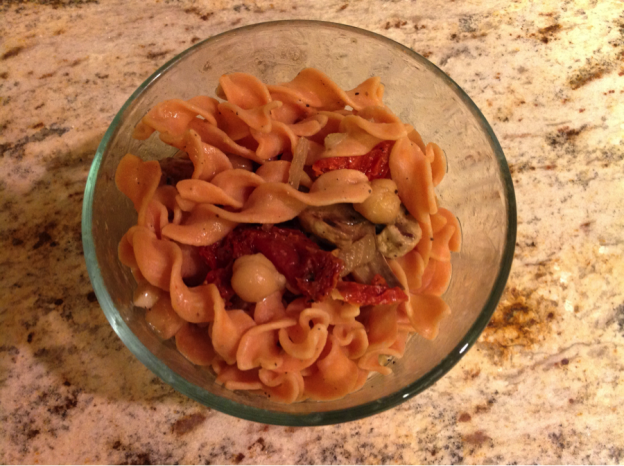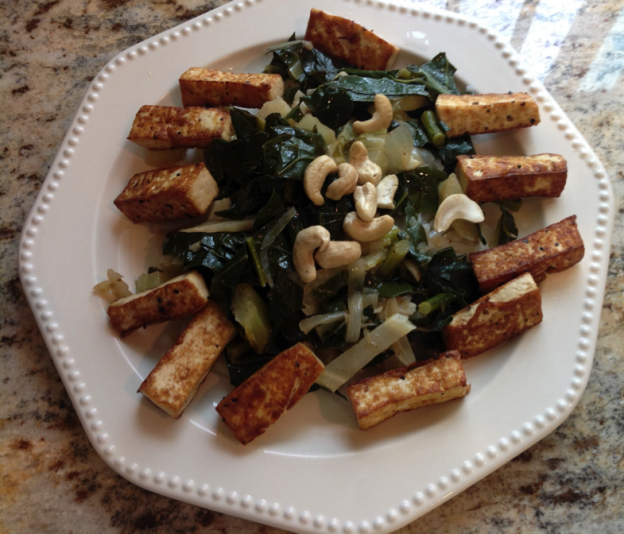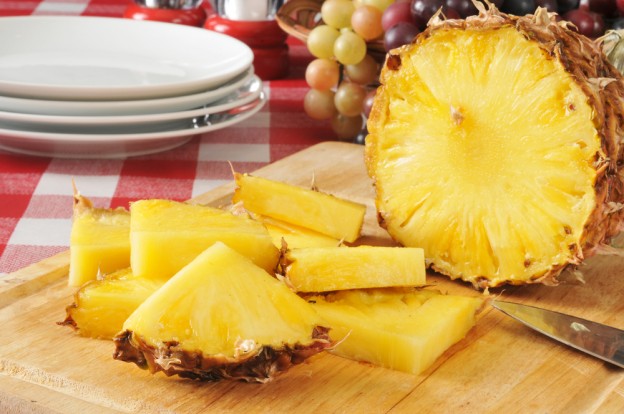July 27, 2015 | Emelyn Daly, YogaFit Media
Ayurveda, ‘Life Science,’ and Common Sense
Expert Ayurvedic Practitioner and founder of Ayuway of Life Kathryn Herbert has me totally convinced of the value, efficacy, and do-it-yourself easiness of the ancient Holistic healing modality she teaches and practices. Herbert, who is thrilled to share her expertise at YogaFit’s first Ayurvedic Lifestyle Coaching Retreat in Austin, TX this September, has dedicated her life to using and educating others on Ayurveda. Here, she gives us an exclusive introduction to her upcoming workshops, which focus on making Ayurveda fun, user-friendly, and 100% applicable in daily life.
What is Ayurveda? What are some of the most common misconceptions about it?
“The first thing I like to tell people about Ayurveda is that in order to use it in your daily life, you don’t  have to know how to spell or pronounce it correctly! The word may sound a little unusual, but it’s much simpler than you think. In Sanskrit, ayu means ‘life’ and veda means ‘knowledge’ or ‘science.’ ‘Life science’ isn’t just ancient Sanskrit; it’s for everybody living in modern times. To me, it is the perfect owner’s manual package of common sense for the human mind, body and spirit.”
have to know how to spell or pronounce it correctly! The word may sound a little unusual, but it’s much simpler than you think. In Sanskrit, ayu means ‘life’ and veda means ‘knowledge’ or ‘science.’ ‘Life science’ isn’t just ancient Sanskrit; it’s for everybody living in modern times. To me, it is the perfect owner’s manual package of common sense for the human mind, body and spirit.”
Ayurveda comes from India, correct? How does it relate to other forms of medicine?
“So, yes, the ancient health and wellness knowledge we know as Ayurveda does come from the Indus Valley. And from there, it actually traveled East and West, influencing both Chinese and Western medicine. Hippocrates was an Ayurvedic practitioner! The father of Western medicine himself said, “let food be thy medicine, and medicine be thy food.” That is Ayurveda.”
Do you think that Ayurvedic medicine could replace Western medicine?
“No, I would never recommend that Ayurveda can or should replace Western, aka ‘Modern’ medicine, yet it certainly does complement any and every form of medicine including surgery and as a preventative, it is designed to keep you out of the doctor’s office.
__
You know, in the West, we have a way of putting everything on a hierarchy. This or that has to be better or worse than something else. The East integrates healing approaches as opposed to creating that separation, which is the absolute definition of Holistic, it treats the whole person. In India, for example, an Ayurvedic doctor is a medical doctor, and there is a modern Ayurvedic hospital right next door to the modern Allopathic hospital, patients are sent back and forth by doctors from both sides. Both forms are equally valuable and used to compliment each other. I experienced this daily during my internship there.”
Which piece of your workshop in Austin are you most looking forward to?
“So many! I love my work because I get to translate this powerful knowledge into modern language and practical uses. In Austin, I’ll get to share my academic knowledge of Ayurveda, which works amazingly well with the YogaFit system. We’ll look at a couple Sanskrit words to demystify these new, hard-to-pronounce terms into common sense simplicity.
__
And there’s the practical end of things, which is really exciting! I’ll be showing people how to use this stuff in their daily lives. We’ll spend time on really concrete techniques that will be easily remembered to take home and use. We’ll spend plenty of time on food, and turn the tabletop into a classroom using food as medicine to learn why your kitchen is actually a pharmacy to be in service of yourself, those you love, and those you coach. Plus there are really fun Ayurvedic treatment practicums including the ‘meda buster’ massage to reduce fat on the body—one of my favorites!”
For more information about Kathryn Herbert and her workshops at the YogaFit Ayurvedic Lifestyle Coaching Retreat in Austin, TX coming up this September, visit YogaFit.com!
__
Kathryn Herbert practices privately in Southern California at the Ayurway of Life facilities and conducts national workshops to promote the benefits of Ayurvedic lifestyle choices. She lives in Los Angeles with her two teenaged children, two dogs, a cat, and three horses. She hopes to welcome chickens to her home soon!






 2. Add diced sundried tomatoes, mushrooms, and broth to pan and
2. Add diced sundried tomatoes, mushrooms, and broth to pan and
 I have used the greens as a side dish on their own and have enjoyed using them in stir-fry dishes also. The great thing about a stir-fry is that it is a way to use of vegetables that you have in the refrigerator. You do not need to have a large portion of any one vegetable to make a successful stir-fry. Each time you make a stir-fry you can use a different sauce as well. It can be an ever-changing recipe. Of course, when you find a combination you like, you may want to make it time and time again!
I have used the greens as a side dish on their own and have enjoyed using them in stir-fry dishes also. The great thing about a stir-fry is that it is a way to use of vegetables that you have in the refrigerator. You do not need to have a large portion of any one vegetable to make a successful stir-fry. Each time you make a stir-fry you can use a different sauce as well. It can be an ever-changing recipe. Of course, when you find a combination you like, you may want to make it time and time again!





















